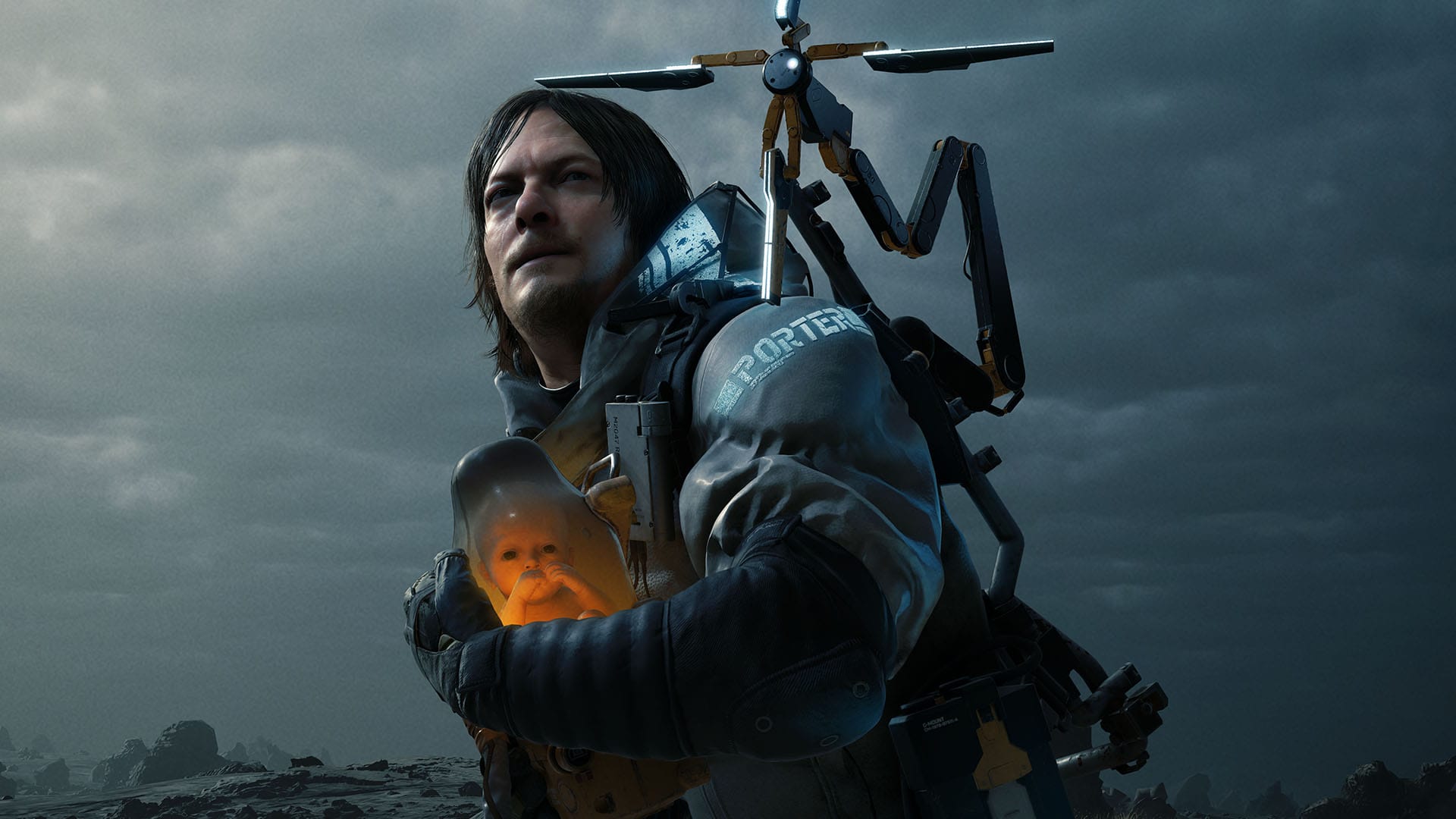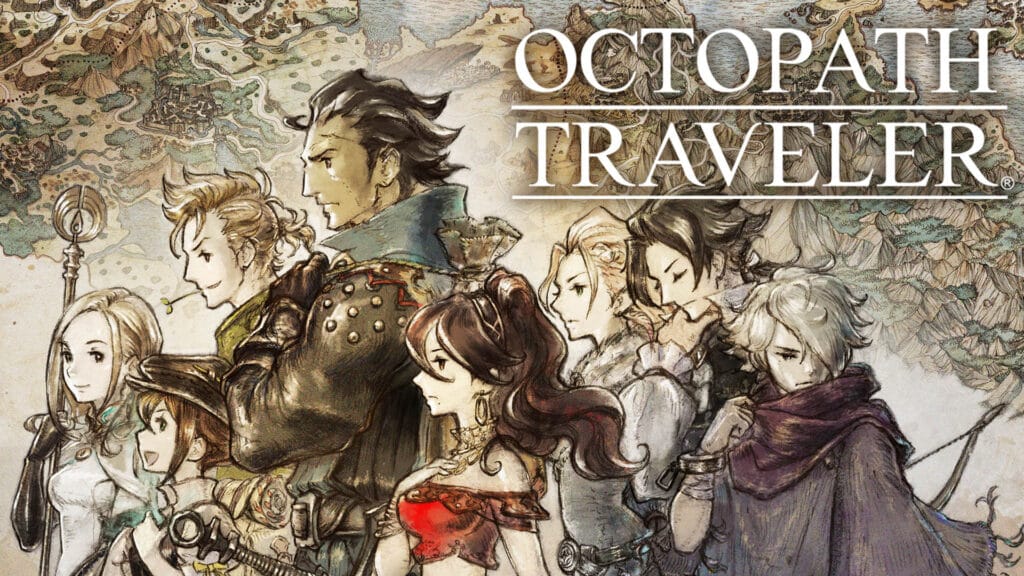Death Stranding is a unique and polarizing game, blending cinematic storytelling with unconventional gameplay mechanics. Developed by Hideo Kojima and released in 2019, the game offers a visionary take on the action-adventure genre, filled with emotional depth, intriguing mechanics, and an eerie, post-apocalyptic world that leaves players contemplating themes of human connection, life, and death.
Storyline
The story is set in a dystopian future America, where a cataclysmic event known as the “Death Stranding” has blurred the line between the living and the dead. Invisible creatures called BTs (Beached Things) roam the landscape, and the dead can quickly become dangerous to the living. This phenomenon has fragmented society into isolated communities. The protagonist, Sam Porter Bridges, portrayed by Norman Reedus, is a delivery man, or “porter,” whose job is to reconnect these isolated outposts by physically delivering supplies and establishing communication through a network called the Chiral Network.
What starts as a seemingly straightforward mission of unifying the nation through deliveries quickly becomes a deeper narrative. Sam encounters a cast of enigmatic characters, including Fragile, a fellow porter with a tragic past, Deadman, a scientist who works closely with the bridge between life and death, and Higgs, the antagonist who seems to have his own dark agenda tied to the Death Stranding event. The game’s story tackles heavy themes such as existentialism, loneliness, and the human need for connection, using the metaphor of delivery and traversing great distances to symbolize the emotional walls people build between one another.
The story climaxes with a complex and thought-provoking exploration of life and death, where Sam uncovers truths about the Death Stranding event, his own past, and the nature of the afterlife, embodied by the Beach, a metaphysical world tied to death. These revelations push Sam to make decisions that have long-lasting consequences on the world and the relationships he’s developed throughout his journey.
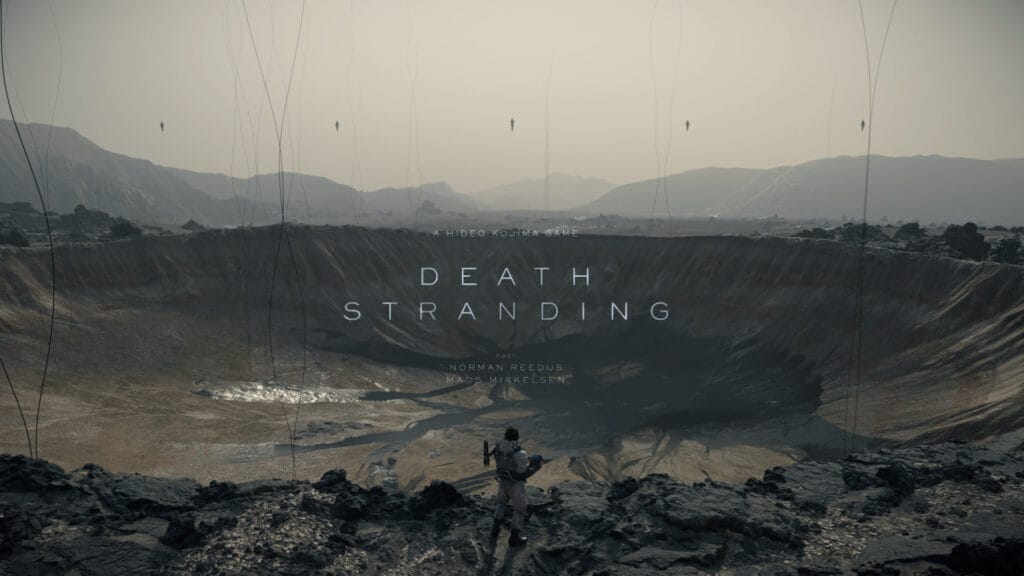
Game Mechanics
Death Stranding’s core gameplay revolves around traversal, logistics, and resource management, wrapped in a minimalist but tension-filled open world. Kojima has referred to it as a “strand game,” a genre focused on connection, and this is evident in nearly every mechanic.
Delivery Gameplay
At the heart of Death Stranding is the job of making deliveries across the treacherous, fractured landscape of America. Players are tasked with carrying packages, often balancing weight, terrain, and weather as they travel. This sounds mundane, but it is executed with depth and immersion. Weight distribution plays a vital role, with Sam needing to organize his cargo in such a way that it doesn’t throw him off balance, especially when navigating rocky hillsides or rushing rivers.
Players must also consider terrain tools. Ladders, ropes, and vehicles become essential as you plot routes across mountains, rivers, and ruined cities. Walking is far from passive in Death Stranding; players must carefully maintain balance by adjusting Sam’s movement or risk falling and damaging their cargo. This system may feel slow-paced to players seeking more traditional action, but it’s integral to the feeling of isolation and challenge the game wants to evoke.
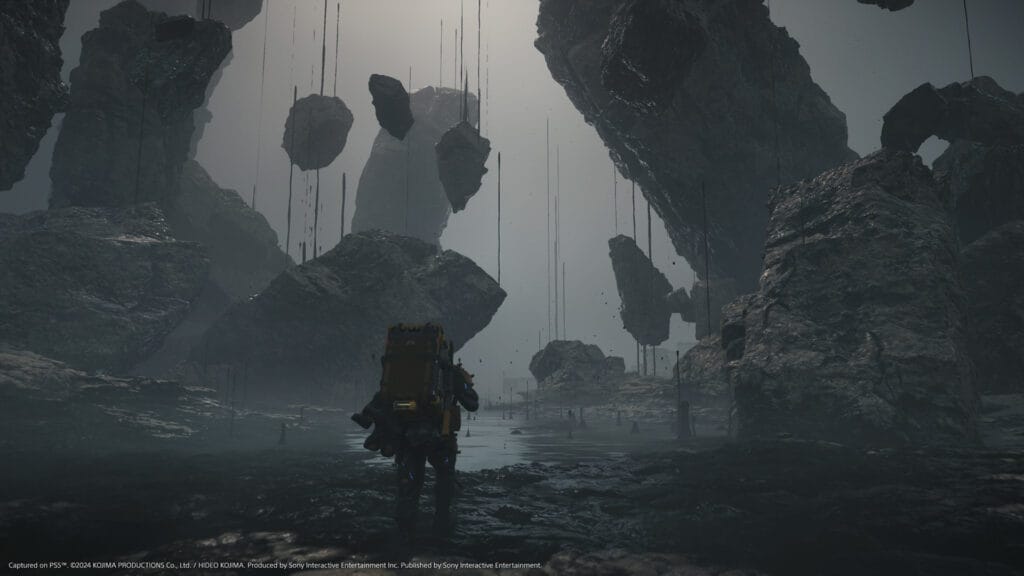
Social Strand System
One of the most unique aspects of Death Stranding is the multiplayer system, which ties into the game’s themes of connection. Although Death Stranding is a single-player game, it has an asynchronous multiplayer feature, where players can leave behind structures, tools, and resources in the world for others. You might stumble upon a ladder another player used to scale a steep cliff or a well-placed bridge that makes a difficult river crossing easier. This non-intrusive, indirect form of multiplayer encourages cooperation without direct interaction, creating a sense of shared struggle and unity.
The world you traverse is shaped by others, and the more you contribute to this “shared” world, the more others will benefit from your efforts. This system becomes incredibly satisfying as you feel a communal bond with players who, just like Sam, are trying to connect a fragmented world.
Combat and Stealth
While delivery and exploration are at the core, Death Stranding also features combat and stealth sections. Players encounter human enemies like MULEs—bandits obsessed with stealing packages—or face off against supernatural BTs. Combat in Death Stranding is functional but isn’t the game’s primary focus. Sam can use a variety of non-lethal weapons or his own blood (which has special properties) to combat the BTs. However, stealth and avoidance are often more rewarding than direct confrontation, particularly with BTs, where the tension of sneaking through an invisible threat is palpable and suspenseful.

World and Atmosphere
The atmosphere of Death Stranding is one of its strongest points. The game’s world is desolate but hauntingly beautiful, with vast, empty plains, snow-capped mountains, and ruins of once-thriving cities. The soundtrack, which features artists like Low Roar and Chvrches, enhances the sense of solitude, with music often kicking in during long treks across the landscape, making these moments feel poignant rather than tedious.
The dynamic weather system further adds to the tension. “Timefall,” the rain that accelerates the aging of everything it touches, often forces players to rush their deliveries or seek shelter, adding a real sense of danger and urgency. The interplay between these environmental hazards and your mission objectives creates an engaging cycle of planning, improvising, and overcoming obstacles.
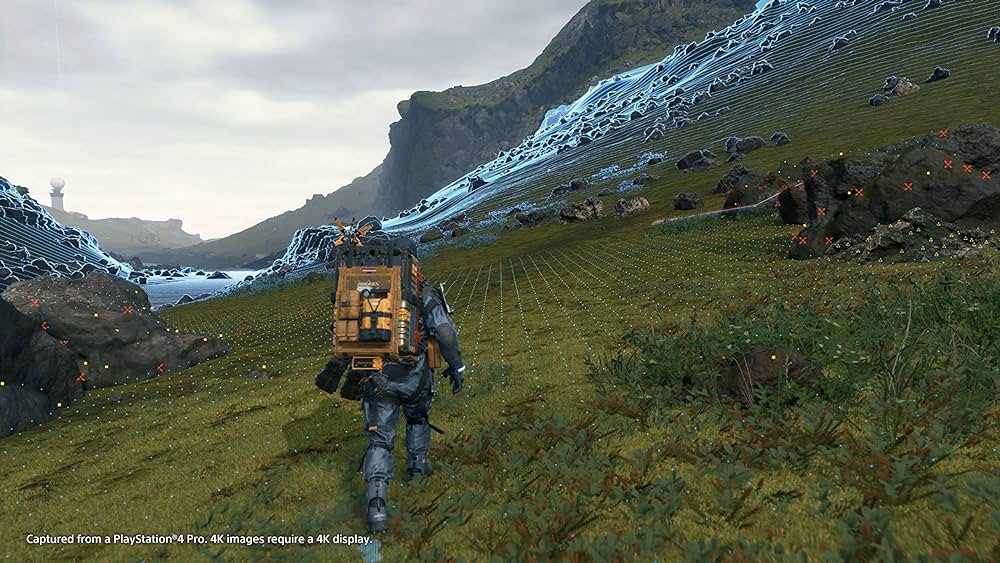
Themes and Outcomes
Thematically, Death Stranding is about reconnecting a fractured world, not just through physical deliveries but emotionally and spiritually. As the story unfolds, Sam’s personal journey mirrors the larger mission of bringing people together. He begins the game isolated, emotionally distant due to past trauma, but through his interactions with others and his mission, he slowly opens up and begins to understand the importance of human connection.
The choices and actions players take throughout the game build up to a climactic series of outcomes where Sam must make sacrifices for the greater good. The end of the game sees the player reflecting on themes of legacy, mortality, and the human desire to create bonds even in the face of inevitable separation. While the ending is intentionally ambiguous and layered, it delivers a powerful emotional punch that invites contemplation.



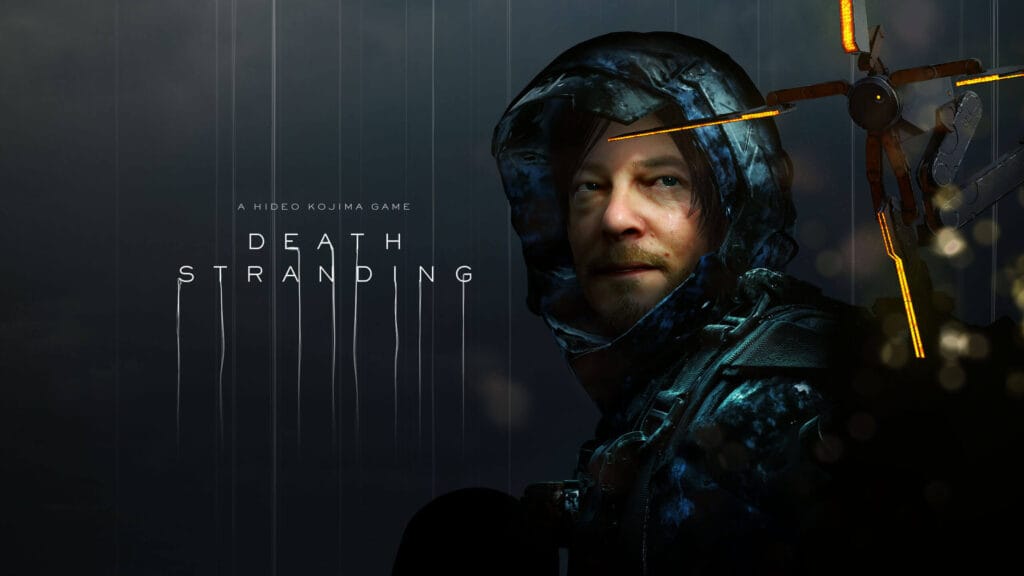
Conclusion
Death Stranding is not a game for everyone. Its slow-paced gameplay, focus on traversal, and philosophical narrative may alienate players looking for fast-paced action or traditional storytelling. However, for those willing to embrace its unique blend of mechanics and narrative, it offers a deeply moving and innovative experience. Kojima’s vision of a “strand game” brings something fresh to the gaming world, blurring the lines between gameplay and message, and reminding us of the value of human connection in an increasingly fragmented world. It’s a game that stays with you long after the credits roll, challenging your perception of life, death, and everything in between.
